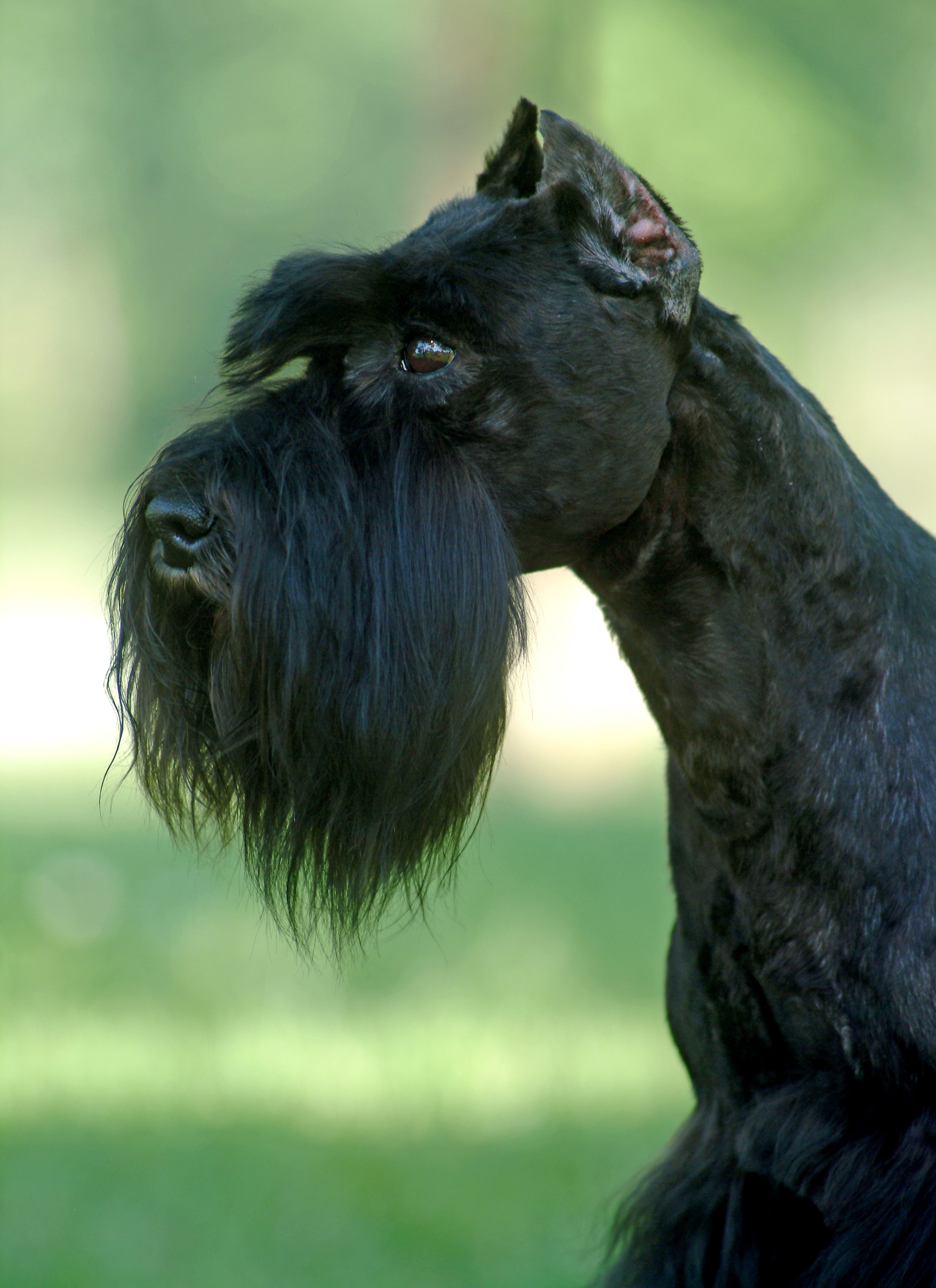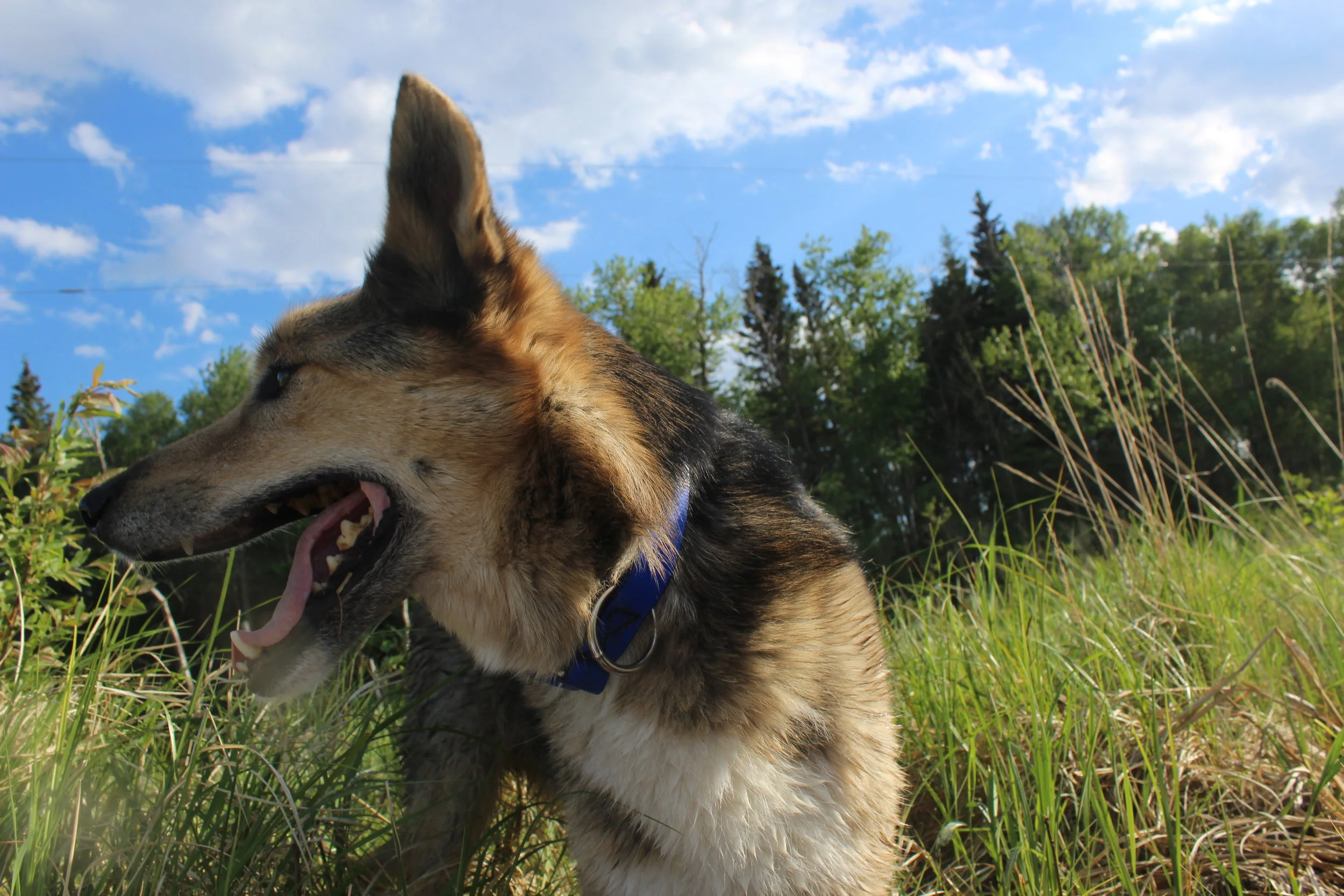The details of the case are clear for the judge and jury. “COME!” you had bellowed, sweating and awkward, knowing that everyone else at the dog park was almost certainly watching. And what did your wee dog park delinquent do? Why, flaunted his freedom. Flouted the rules. Dare I say it?
Flounced away.
And this isn’t the first offence, if you catch my meaning. Your dog has far, far surpassed the three strikes rule.
What can we do with this cheerful criminal? Is it time to throw the book at him? Or even throw in the towel? Can a dog who seems to actually enjoy dancing away from mom at the park ever be reformed?
No need for the handcuffs, luckily. It’s simply time for the Santa Clause. Training your dog to come to you (even when freedom beckons) does require a plan, some effort, and a bit of time. But mostly? It requires generosity. You must think like Santa...with an extra heavy helping from the elves. Figure out what your dog loves best (cheese? steak? dried fish skins? cooked peas?) and use that—and a lot of it—to reinforce your dog for coming to you. Being Santa will work, over time, to teach your dog to turn on a dime and come running when they hear you calling, no matter what else is on offer.
Start easy: call your dog from across the room. Do this a few times a day, for a week. Then practice in the backyard, but only after your dog has finished sniffing around. Again, do this a few times a day for a week. For the next week's practice, stay in the backyard, but call your dog to you mid-sniff (soon after the door closes). Then practice close to the end of your walk, then at the start of the walk, then at the park but with no other dogs, and so on, and so forth.
- Addendum 1 of the Santa Clause: always be generous, every single time you call. Organize yourself so you have a baggie of steak in the fridge, ready to grab for walk time.
- Addendum 2 of the Santa Clause: every time you call your dog to you, make sure he comes over. You can happy talk, crouch, clap, make funny sounds, dance, whatever it takes, but get your dog to you!
You may also want to pick a whole new cue. Your dog has likely heard “come” as often as a Christmas shopper has heard a panflute rendition of Tchaikovsky's The Nutcracker: too many.¹ “Come” has lost its meaning.
Interestingly, you’re not technically being generous by reinforcing recalls. You’re simply paying for services rendered. Recalls away from fun and exciting stuff are work to a dog. You’ll get what you pay for, and trust me, when you’re at the park you want a three-piece-of-steak recall, not a single-kibble recall. And further, consider this: if you snap on the leash after calling your dog to you, with no food treat at all? Well, that would be like you heading to the office just to see your boss rip up your paycheque. Over and over.
If you stick with a plan and be as generous as Santa, you will likely find your dog hopping, skipping, and jumping back to you when they hear you call. And no-one will have to know they’re a reform school graduate, I promise.
1. Note: according to addendum 14 of the Santa Clause, there is no such thing as too much Nutcracker.
Photo: Sparkmom | © Dreamstime Stock Photos & Stock Free Images






























